
Are you currently dealing with pests? Maybe you stumbled upon those little yellow or blue traps during your research and wondered what they were for. We’ll explain what sticky traps are and how to use them effectively.
What are Sticky Traps?
Sticky traps, also known as yellow boards, blue boards, and other variations, are colored paper or plastic boards that are coated with glue on both sides. They are a cost-effective and environmentally friendly method to keep pests away from plants.
They come in different shapes and sizes, such as those with hooks for hanging or as stickers for insertion into flower pots. Due to their adhesive effect, insects stick to them and cannot cause any further damage.
How do Sticky Traps work?
Sticky traps attract different types of insects based on their colors, as they react to the light reflections. For example, many insects are attracted to the color yellow because flowers that contain nutritious pollen and nectar also have this color. Once the insects arrive at the sticky trap, they get stuck to the adhesive layer and die.
The adhesive layer of yellow boards typically consists of a sticky substance without pesticides. However, some yellow boards also have pheromones added to increase their effectiveness and specificity.
How to use Sticky Traps
Using sticky traps is really easy. Simply take them out of the packaging and hang them on the plant, similar to Christmas ornaments. You can also just stick them into the soil.
It is important to note that sticky traps should only be used for the prevention of pests. The traps only attract adult pests, not their larvae, which live in the soil. If you have a severe infestation, you should use additional methods. Sticky traps, however, are a great complementary measure and help to determine the type of insects, which is important for successful control.
Sticky traps are eco-friendly and non-toxic. Unlike other pest control methods that often contain chemical substances, sticky traps are a natural and effective alternative. They can be safely used indoors. Some people also chose to use them outdoors. If you do, please be mindful of not catching beneficial insects and larger wildlife like worms and snakes.
What types of Sticky Traps are there?
Sticky traps come in different colors, as different insects are attracted to different colors.
The shape of the traps does not affect their function. Many plant owners just prefer nicely designed traps. But generally, larger traps can catch more pests. It’s really a matter of taste.
The All-Rounder: Yellow Sticky Traps
The most common sticky traps are yellow boards. Yellow boards are most commonly used to control fungus gnats (Sciaridae), but they can also be effective against other insects such as:
- Fruit flies (Drosophila)
- Whiteflies or greenhouse whiteflies (Trialeurodes vaporariorum)
- Winged aphids (Aphidoidea)
- Leaf miner flies (Agromyzidae)
- Green leafhopper (Empoasca vitis).
Against Thrips: Blue Sticky Traps
Blue traps are particularly useful for controlling or preventing thrips.
Against Flower-Loving Insects: White Sticky Traps
White sticky traps are specifically used in the fight against flower-loving pests. They are particularly effective against the infestation of apple sawflies (Hoplocampa testudinea), plum sawflies (Hoplocampa minuta), Californian flower thrips (Frankliniella occidentalis), and raspberry beetles (Byturus tomentosus).
For Fruit Growing: Red Sticky Traps
Red traps are often used in fruit and wine growing to control pests such as the oak timber beetle (Xyleborus dispar). The beetle bores into the wood and lays its eggs there.
Against Vegetable Pests: Sticky Traps
Do you grow vegetables? Then use orange sticky traps to protect against the carrot fly (Chamaepsila rosae), which likes to feed on carrots, celery, parsley, and parsnips.

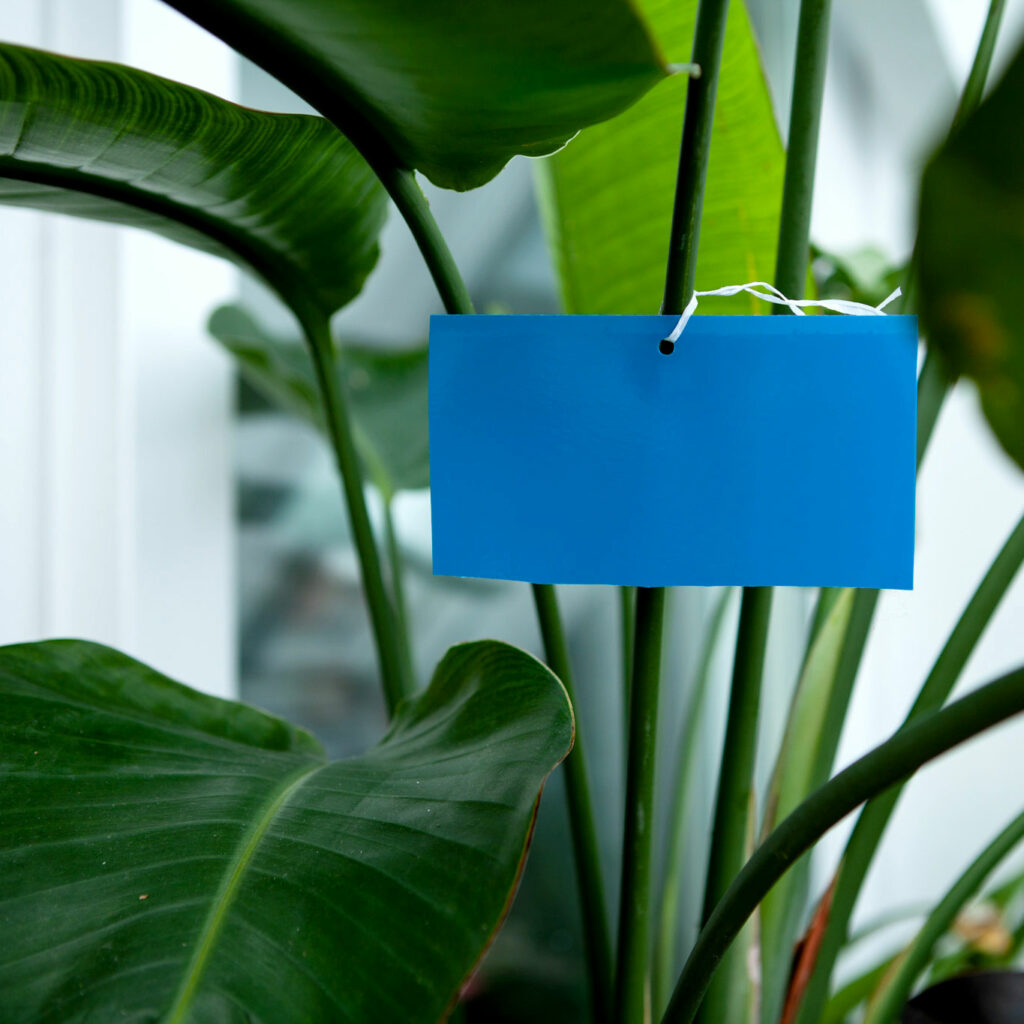




How to Make Sticky Traps Yourself
Of course, you can do it! It’s not difficult at all, but it can be a bit messy.
There are five good reasons why you should make sticky traps yourself:
- You know exactly what materials you are working with and can also help the environment by using recycled materials.
- You can test other color and shape variations that are not available in stores.
- Especially if you have many plants, homemade traps can save you money. Once you buy the materials, you can make many traps. Maybe someone else will also appreciate the boards? Just make a few more! 🙂
- Once you buy the materials, you have everything you need to reuse the traps.
- It’s actually fun. Making glue boards is a cool thing to do on rainy days, and if you have kids, you can involve them too.
What you need:
- Support medium: It’s best to use a wipeable, waterproof material so that you can reuse your yellow traps. You can use old TetraPaks, screw jar lids, plastic cups, or other packaging.
- Insect glue: Alternative 1: 120g sugar, 40ml water Alternative 2: 4 tbsp honey, 60g plant oil, 100g rosin (a natural product from tree resin) Alternative 3: Buy ready-made insect glue.
- String for hanging, such as hemp string or nylon thread.
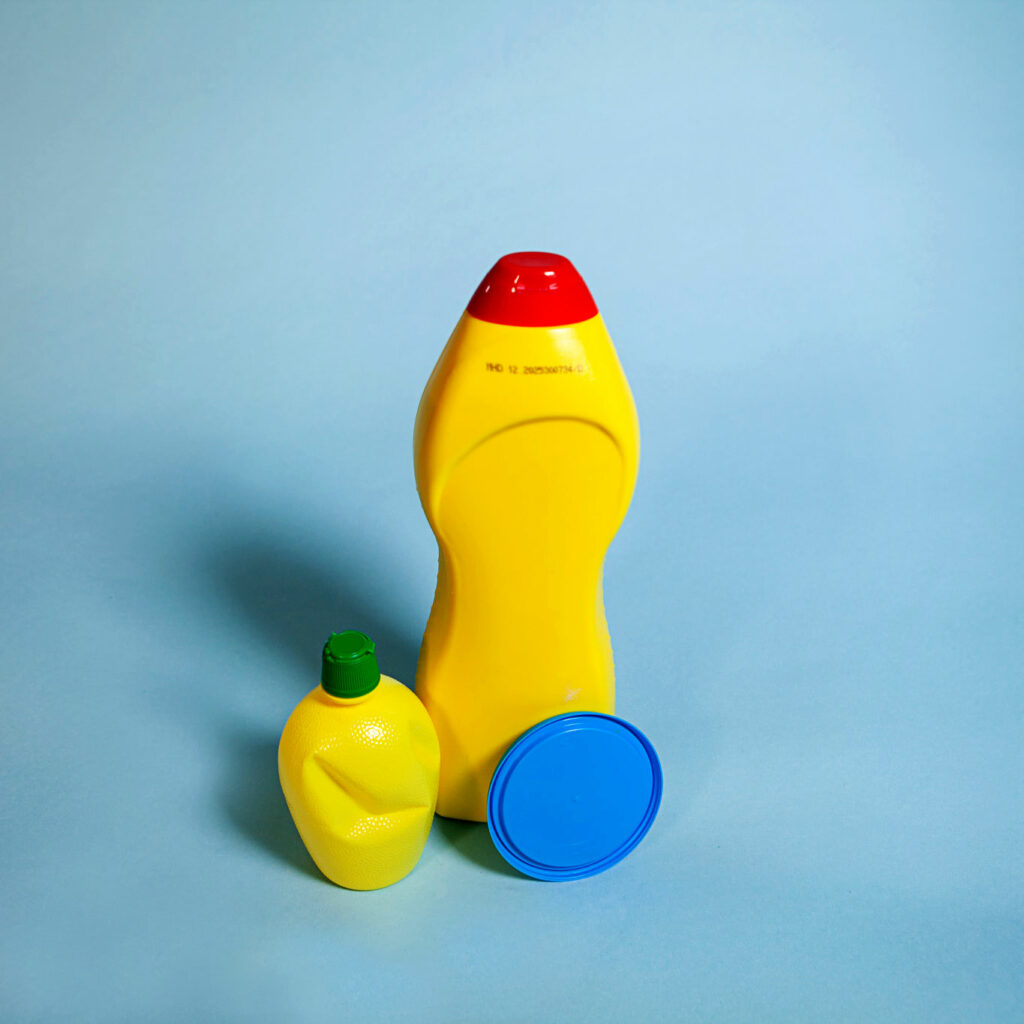


Let’s get started:
Step 1: Cut and prepare the support medium
Prepare the support material of your choice and simply cut it to the size and shape you want. Punch a hole in the support plate and attach a hanging loop from the string. Alternatively, depending on the size, you can attach the boards to wooden sticks and then stick them in the soil.
Step 2 (optional): Cook insect glue
Alternative 1: Bring sugar and water to a boil in a small pot, stirring constantly. Be careful about the boiling temperature: it should be no more than 115 degrees. Do not stir after boiling begins, as the sugar will crystallize and no longer stick. Let the mixture cool. Done.
Alternative 2: Melt honey and resin in a water bath. When both substances are liquid, add linseed oil and stir everything into an emulsion.
Step 3: Apply glue to support medium and set up
Apply the fly glue to the support medium and let it cool. Then simply hang it on the plants.
Step 4: Reuse
You can simply wash the glue boards with a cloth, some dish soap, and water as needed and apply fly glue again. If you don’t need them right now, just wrap them up and keep them in a drawer until next time.
Sticky traps are a great thing. Try it out and keep your plants pest-free!



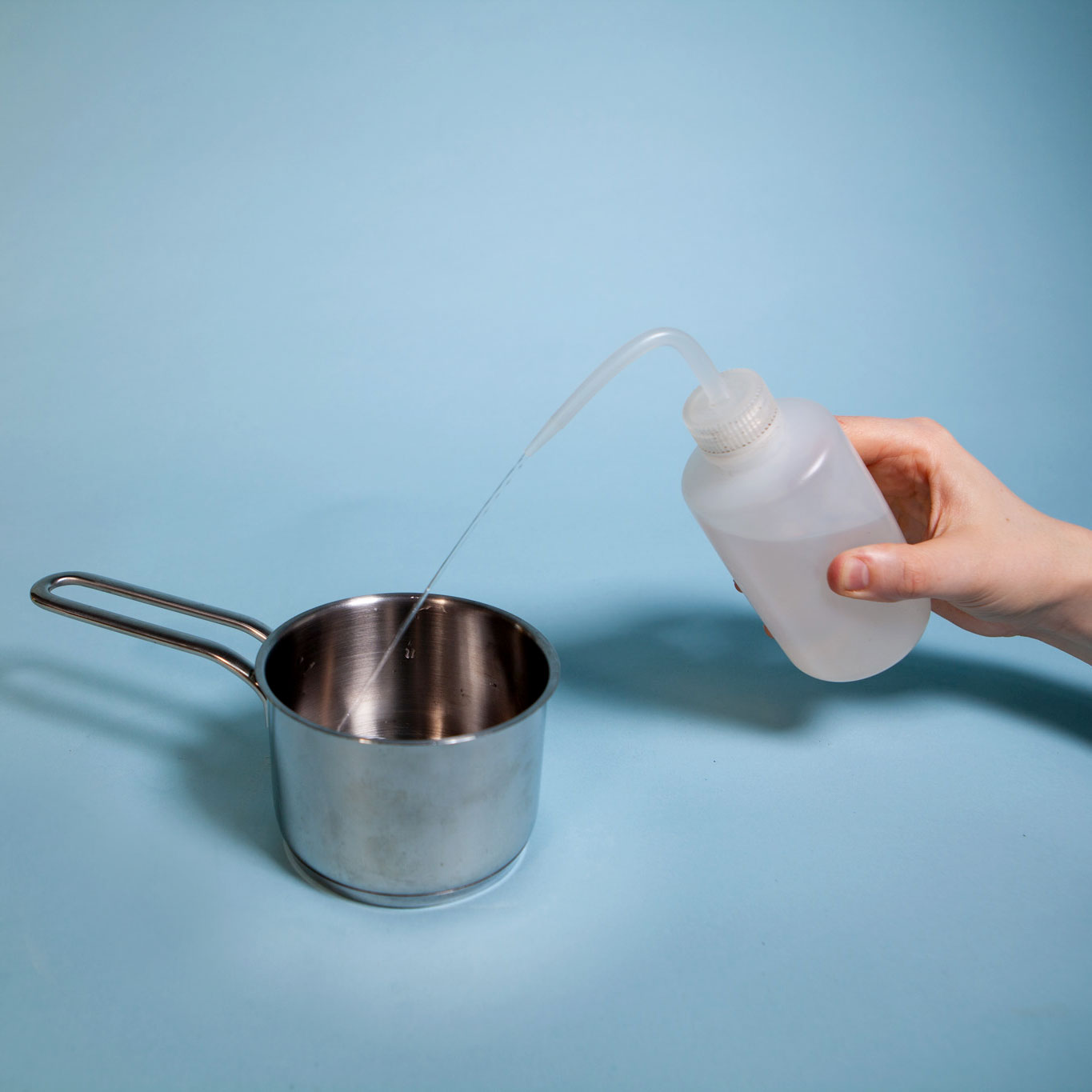

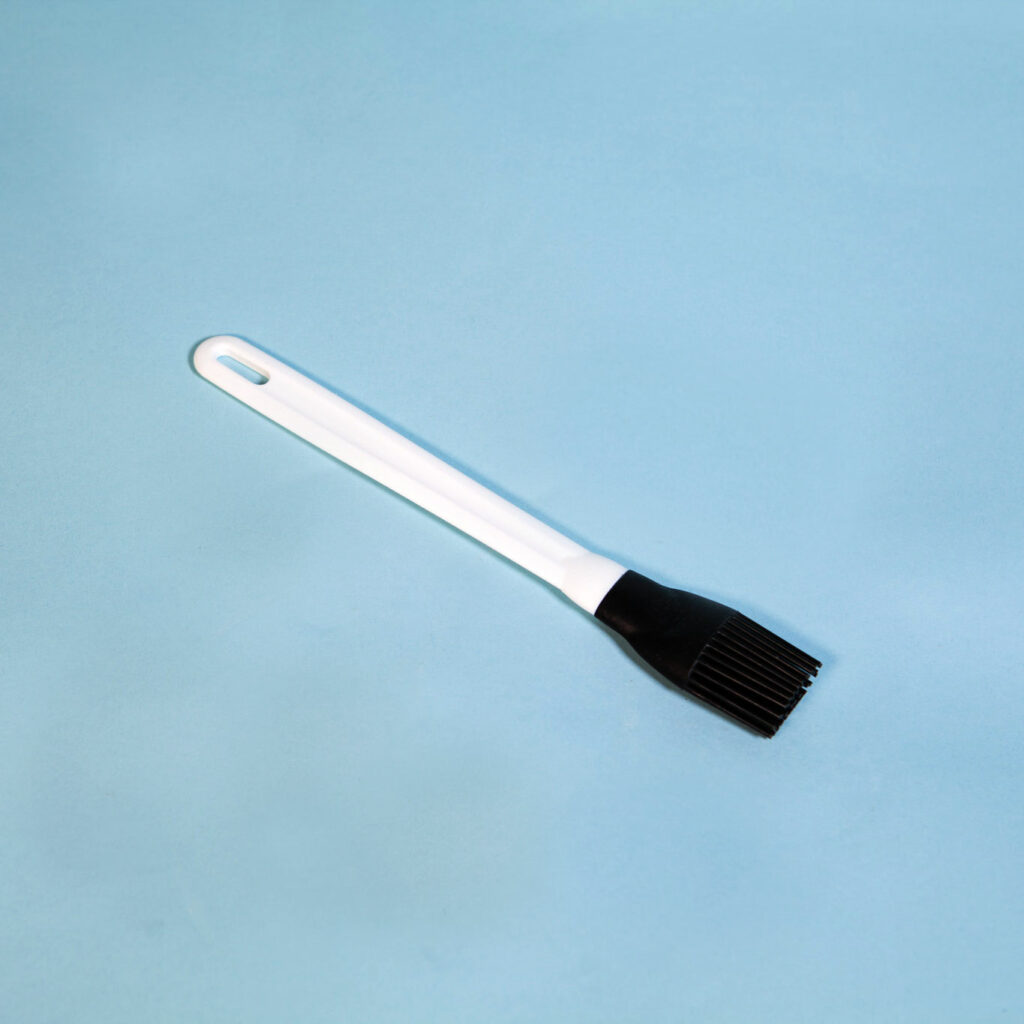


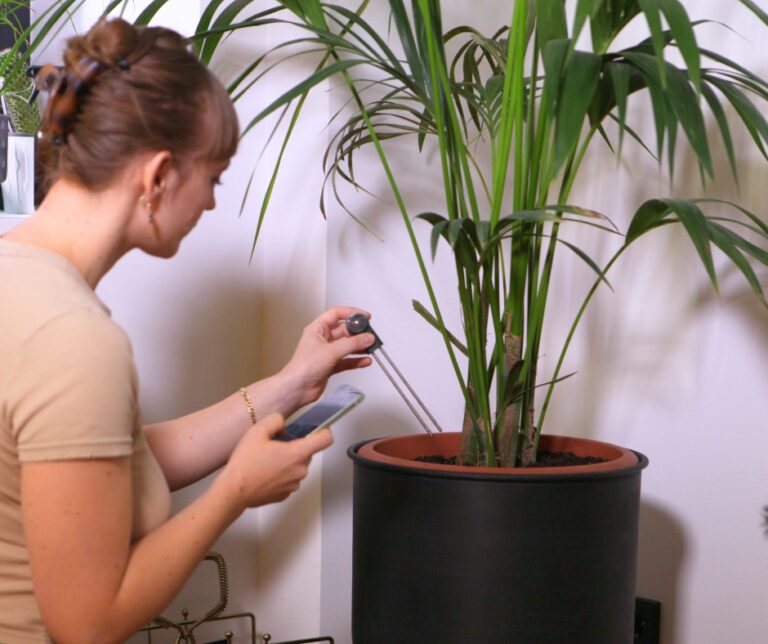
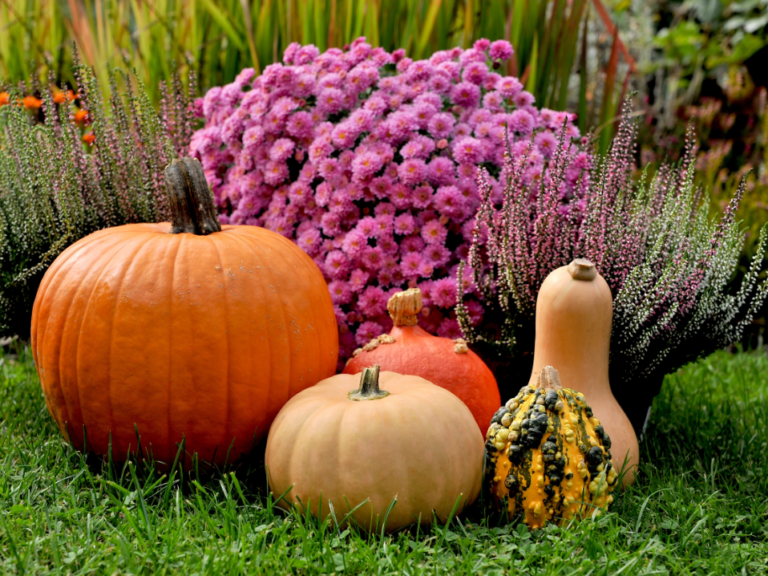
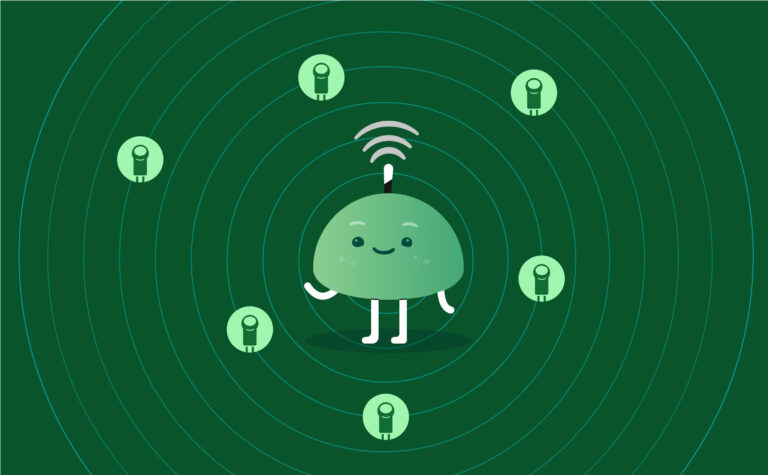
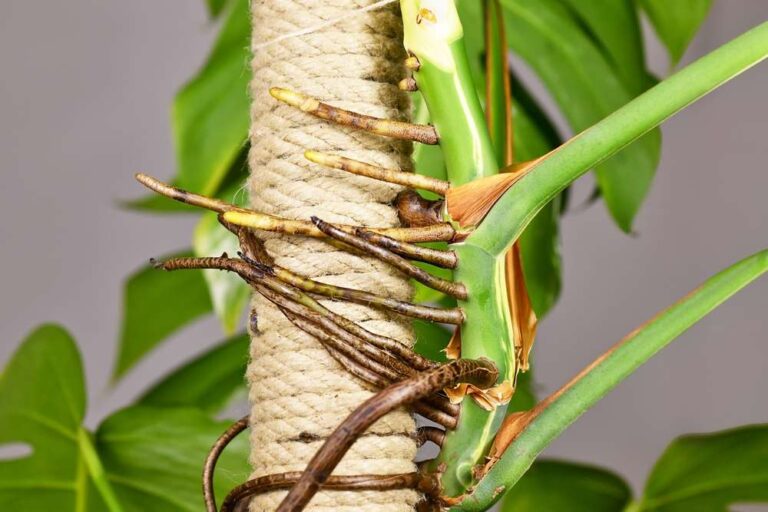



1 thought on “Let’s get colorful… Sticky Traps!”